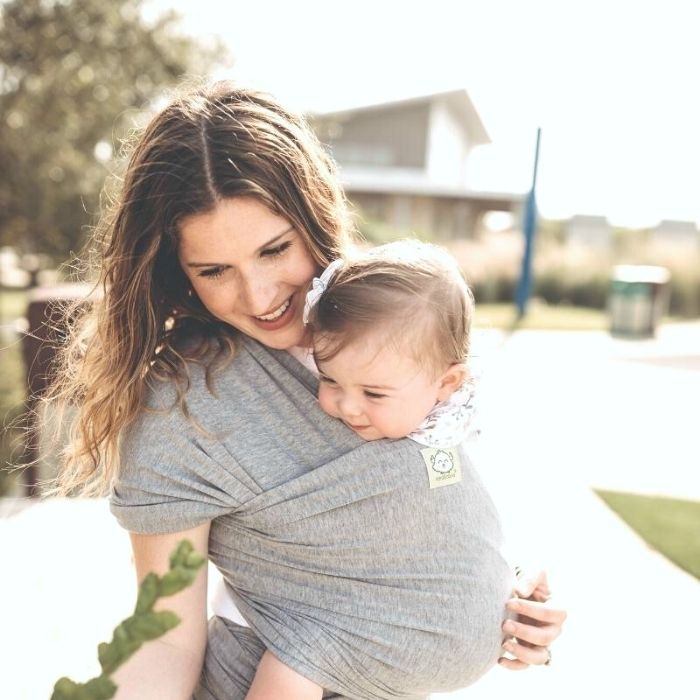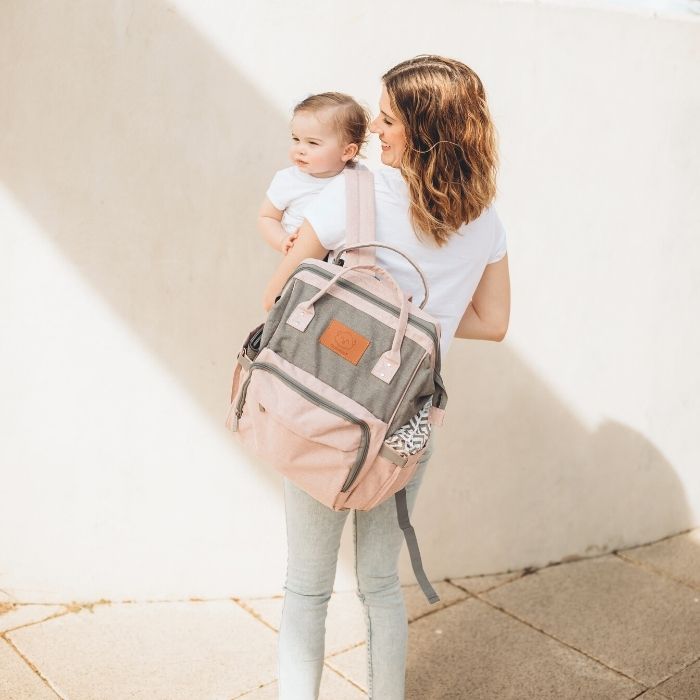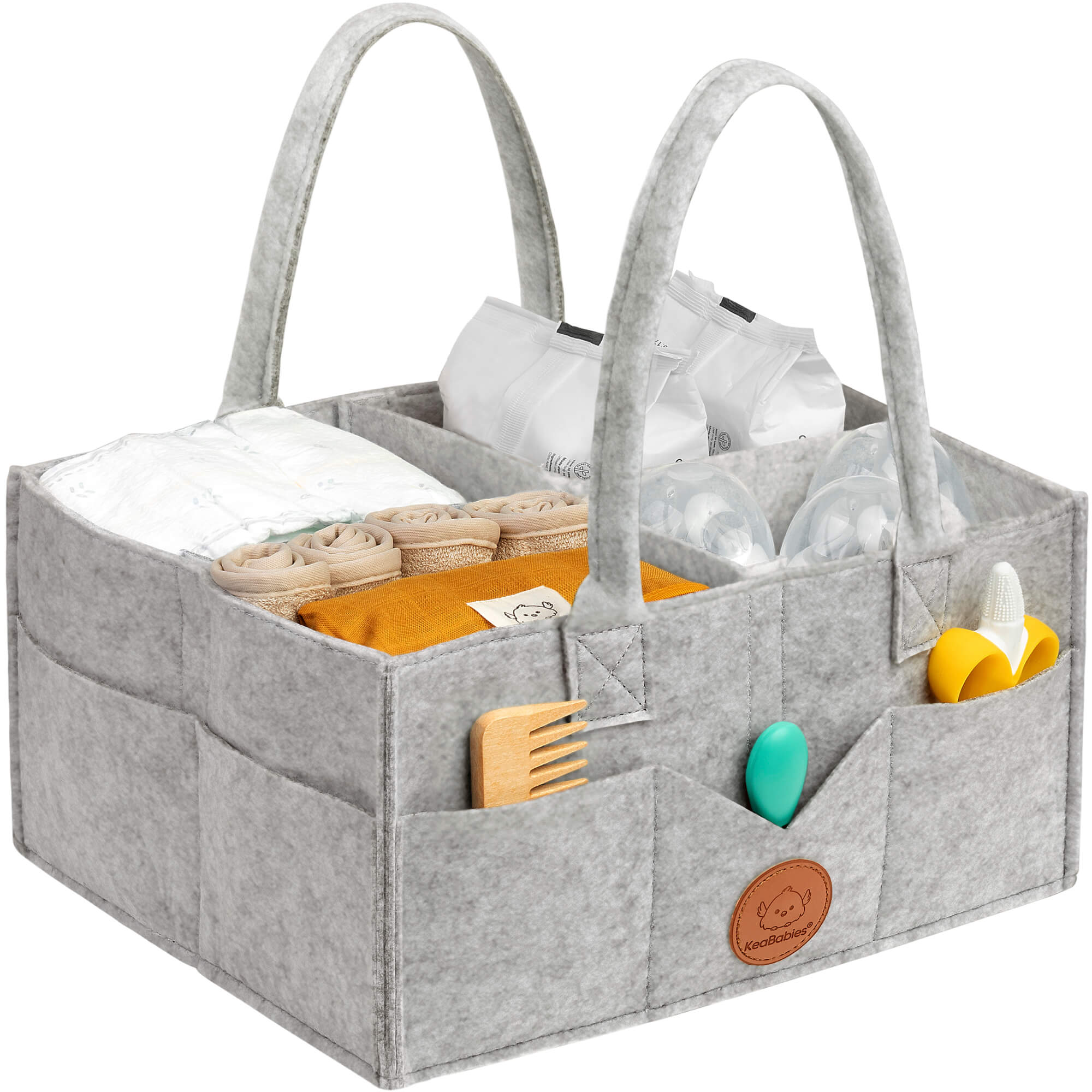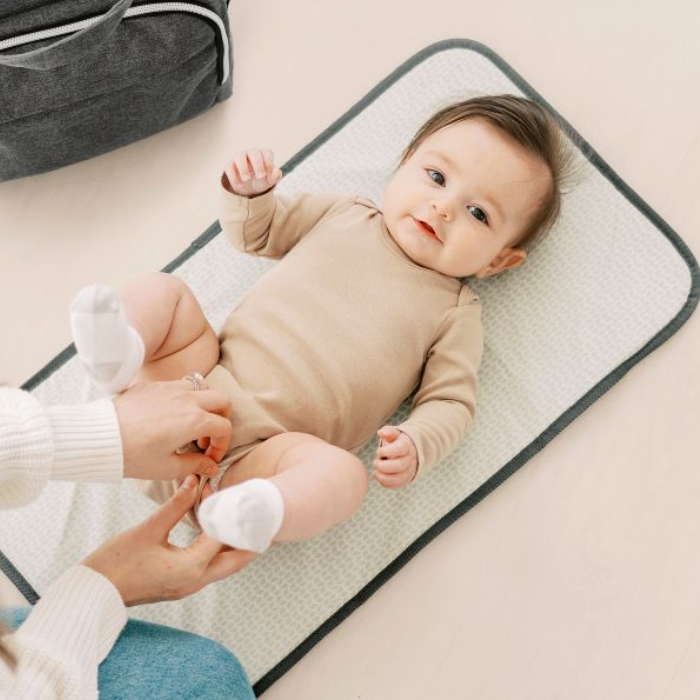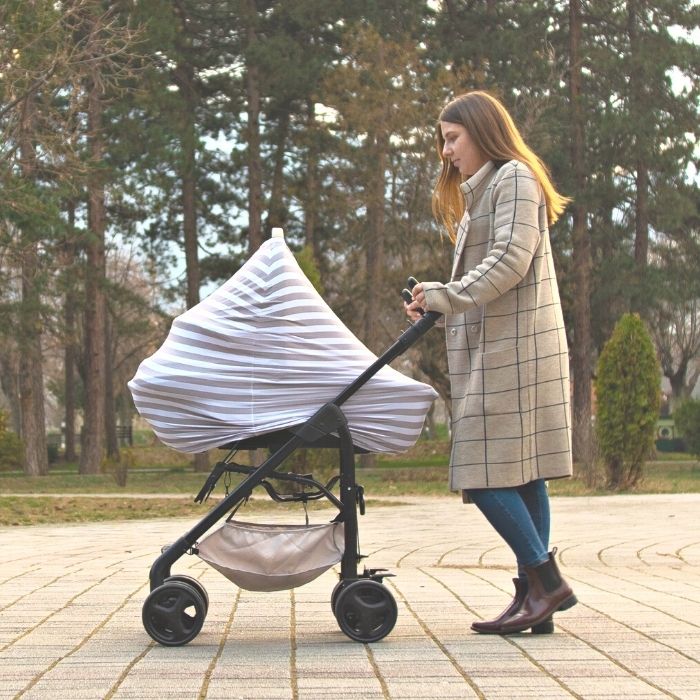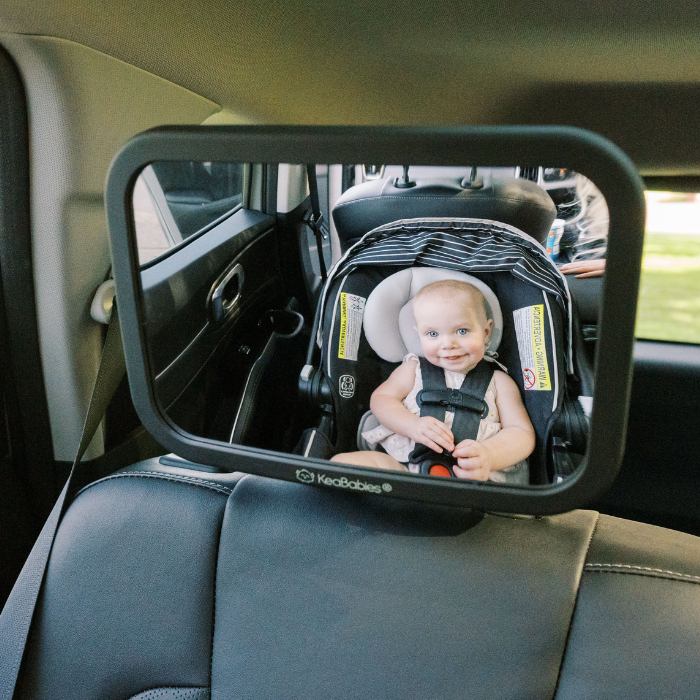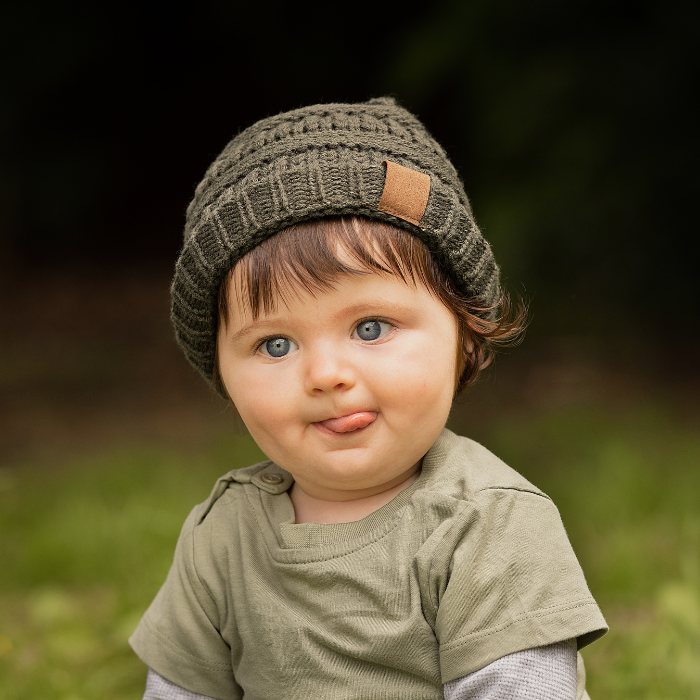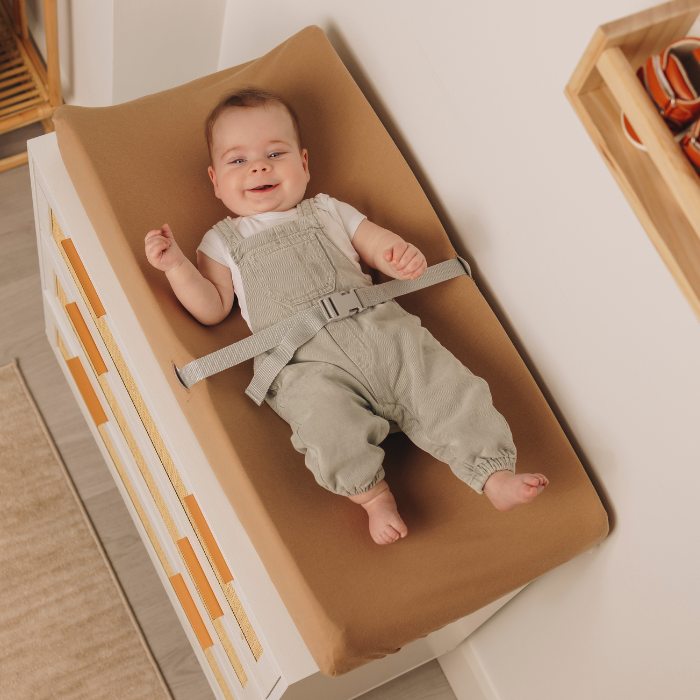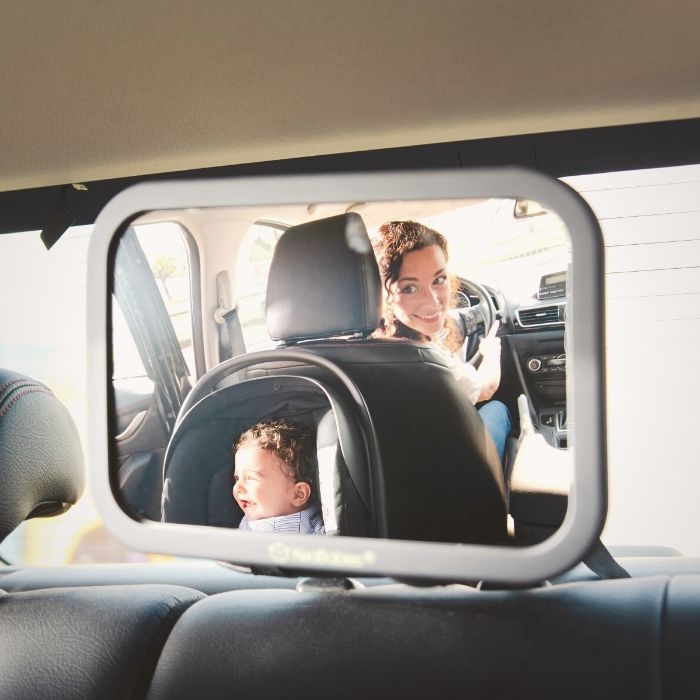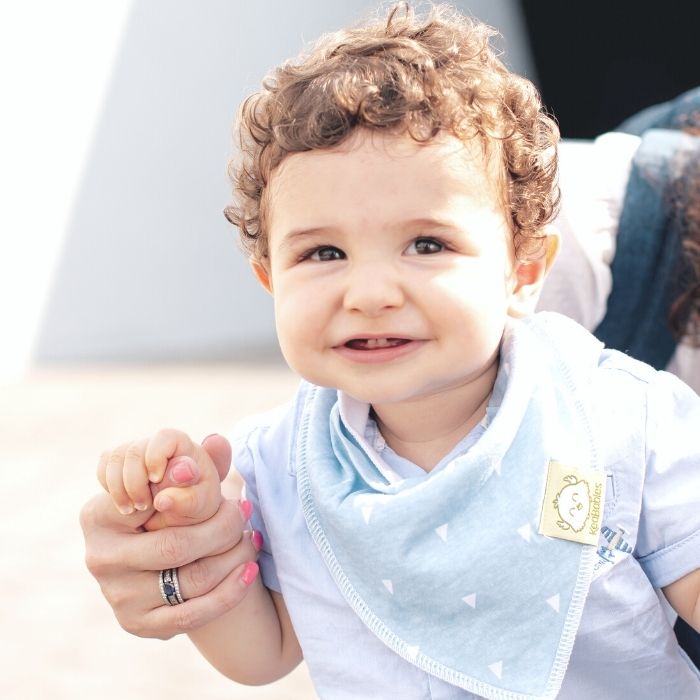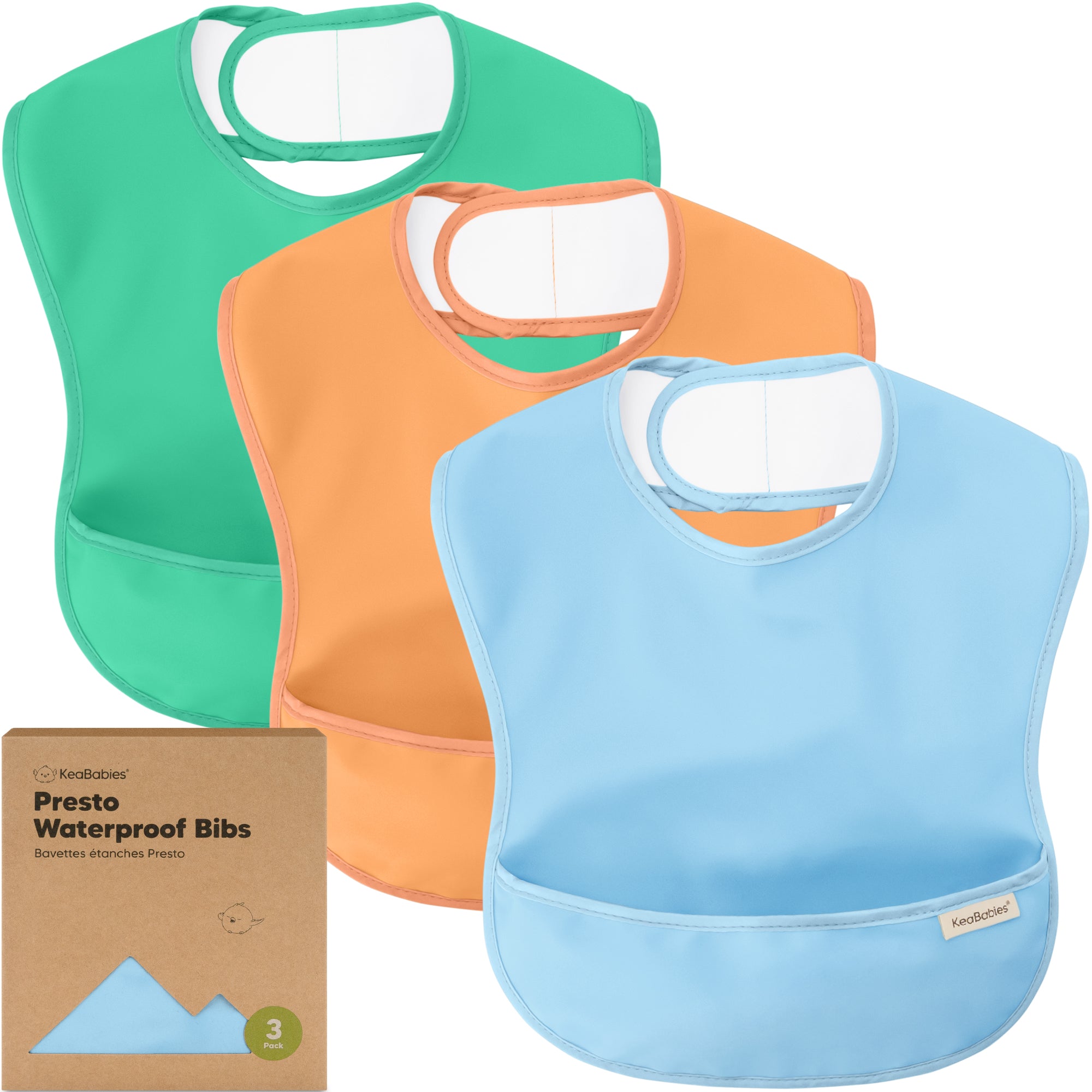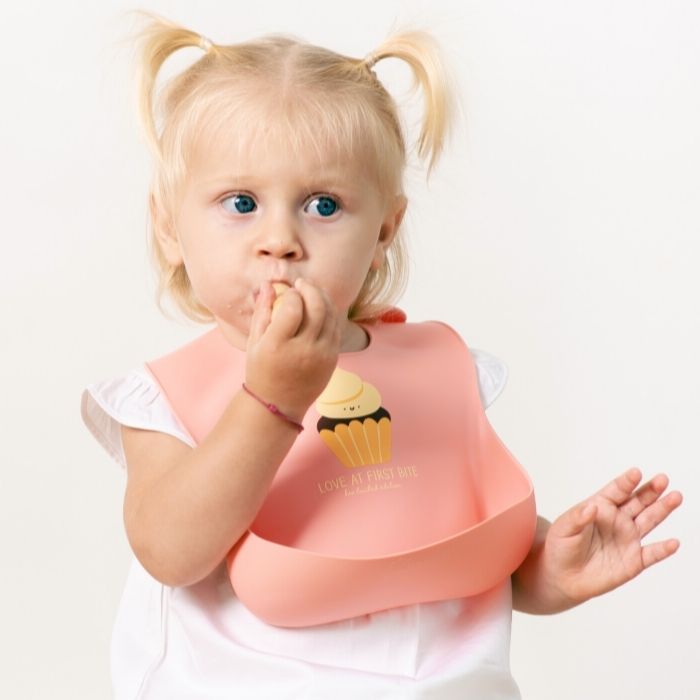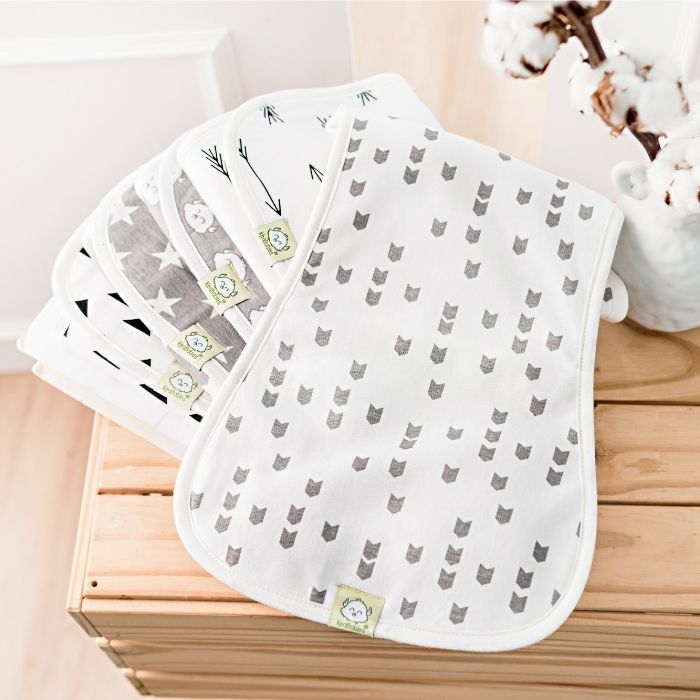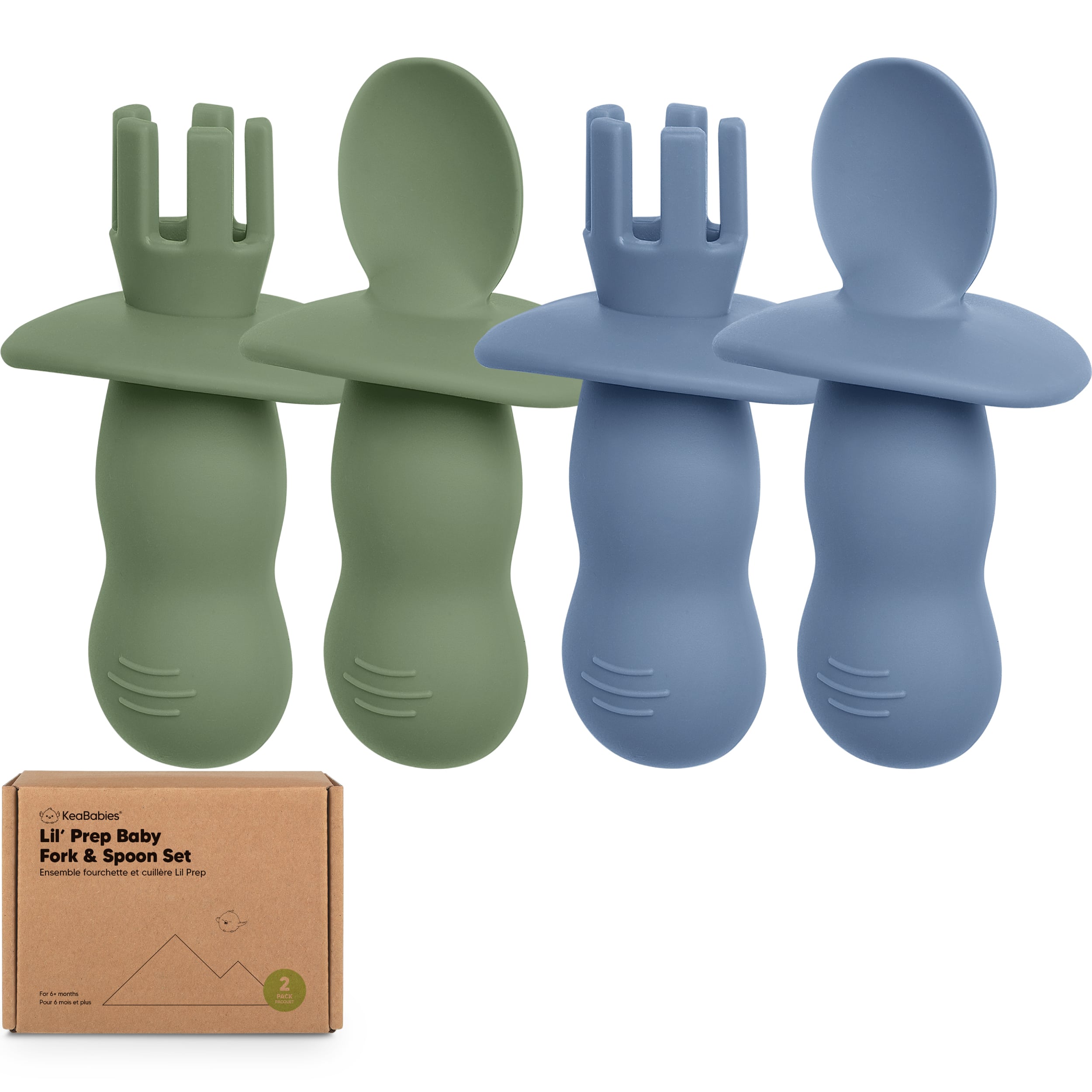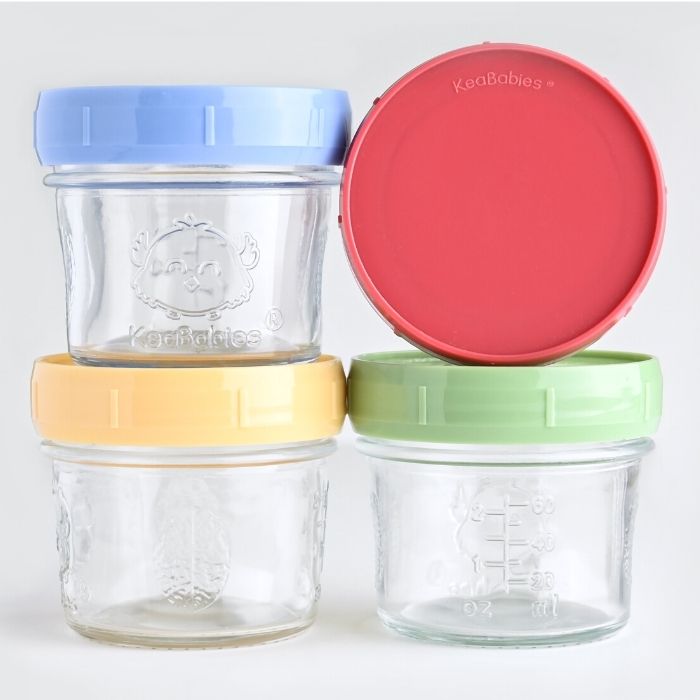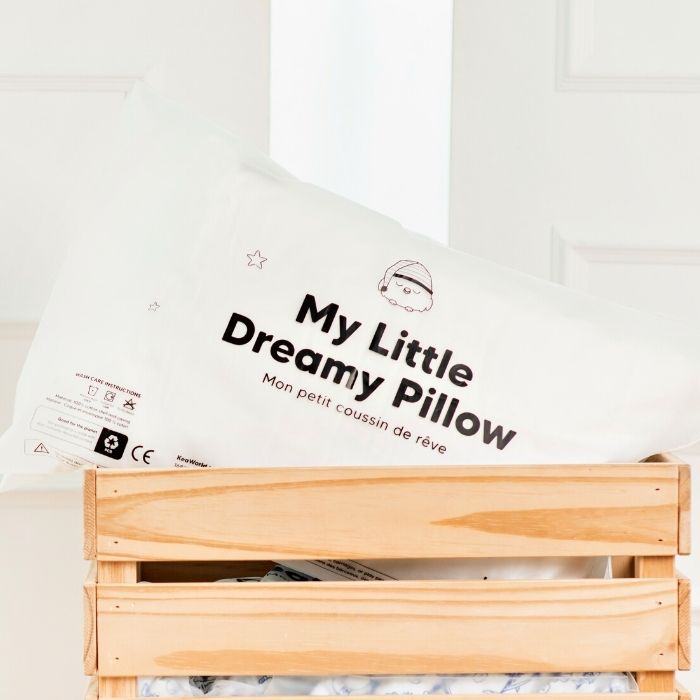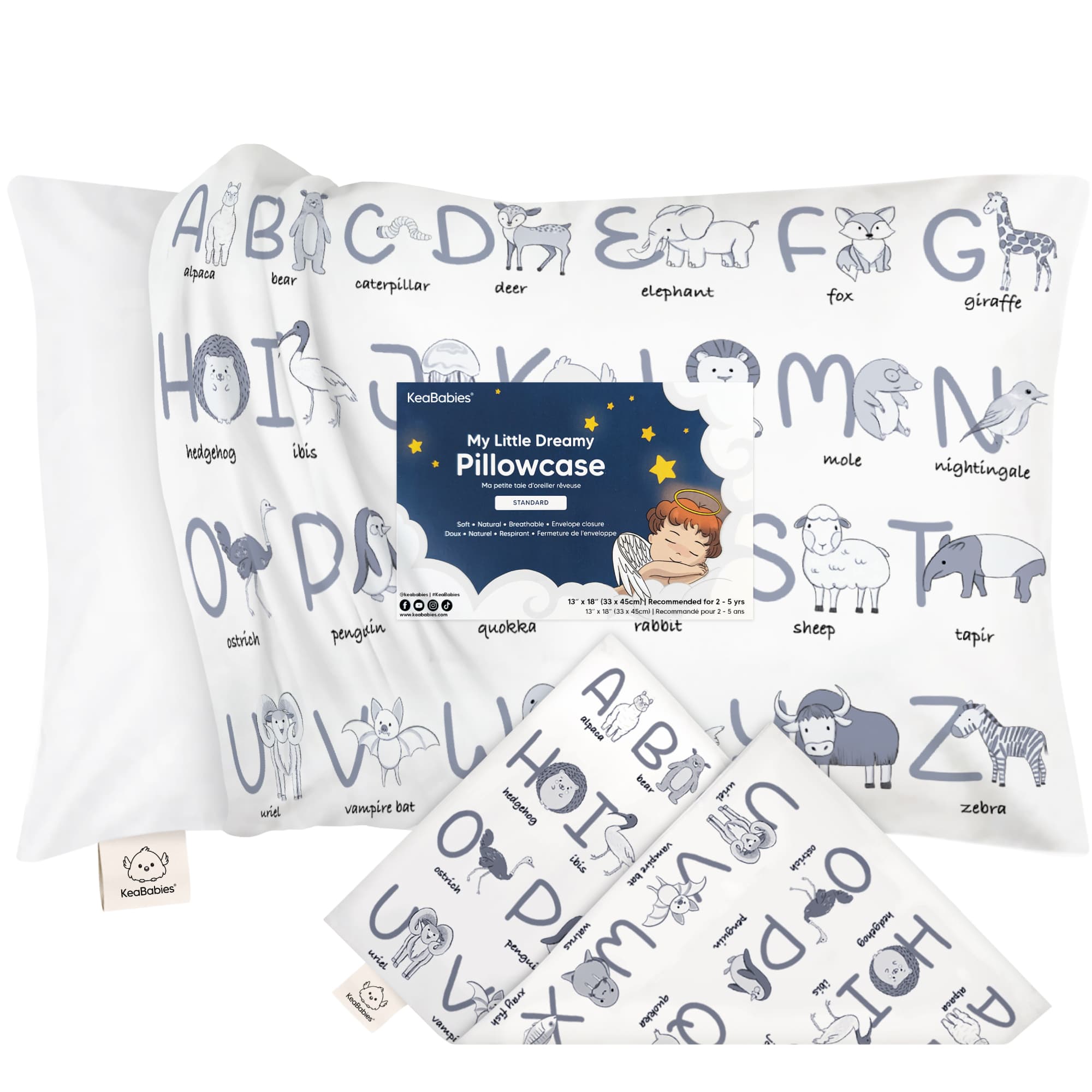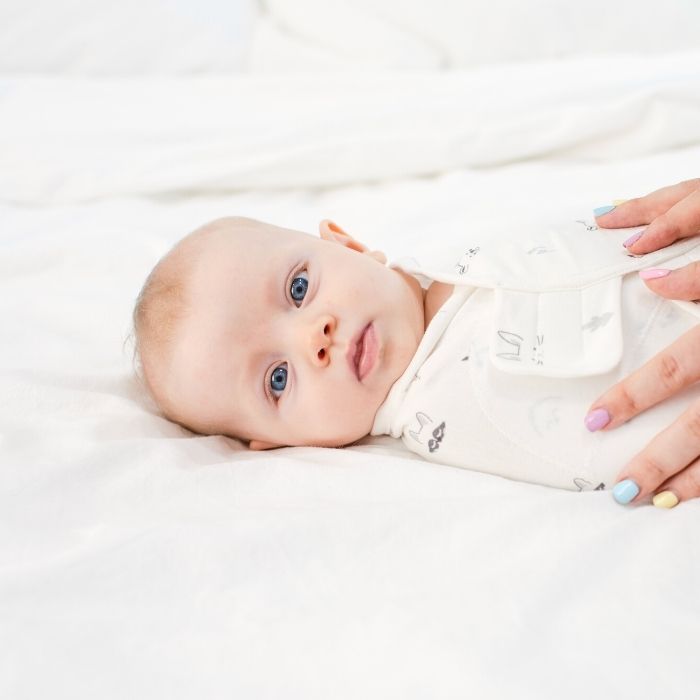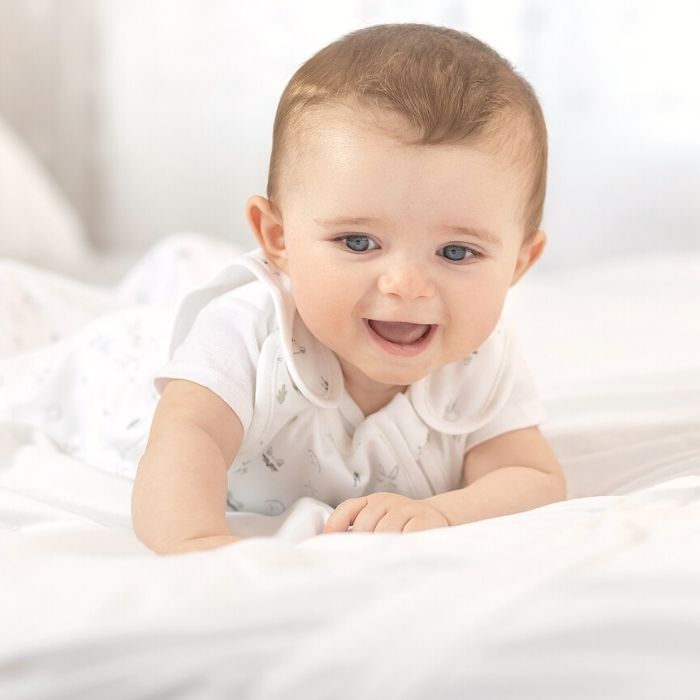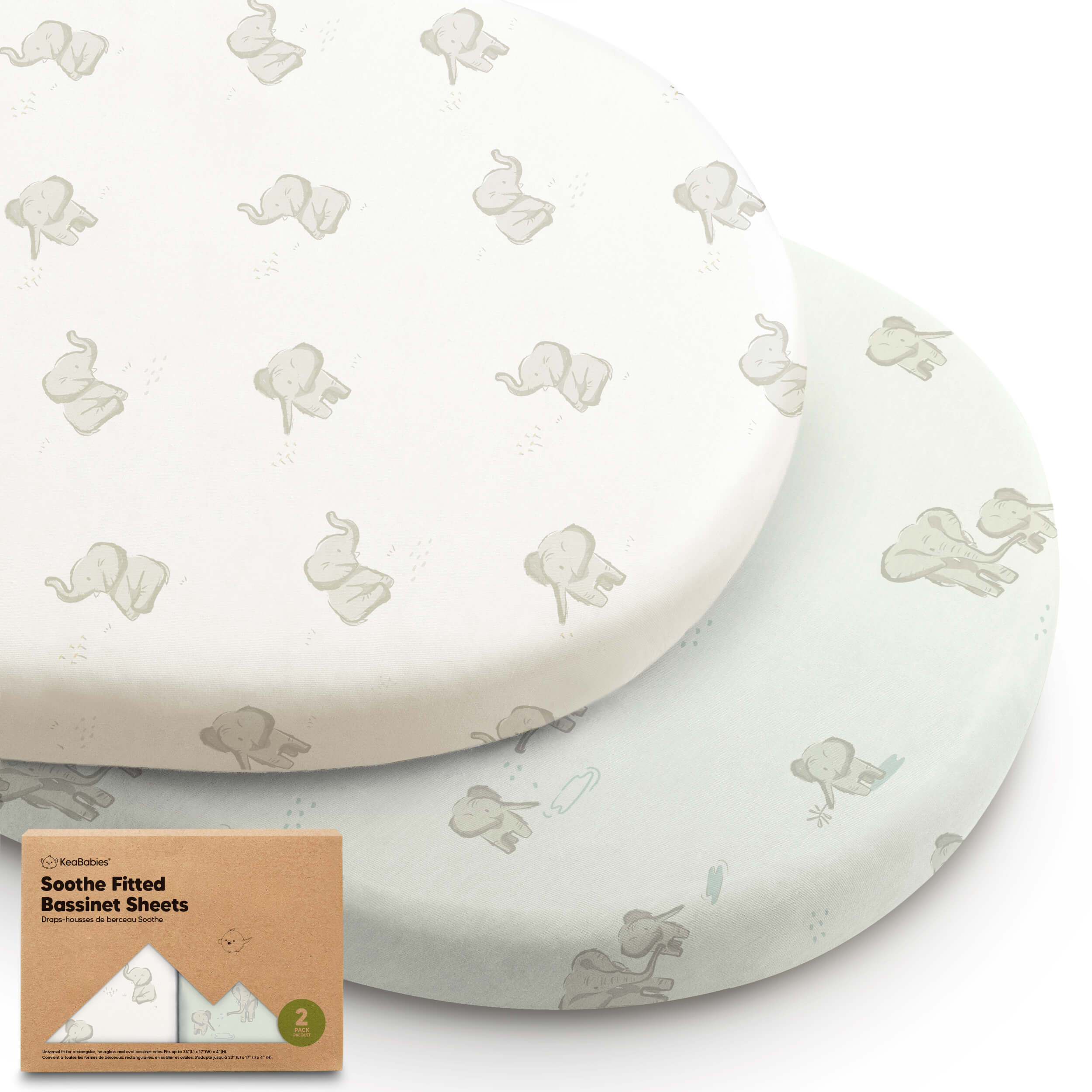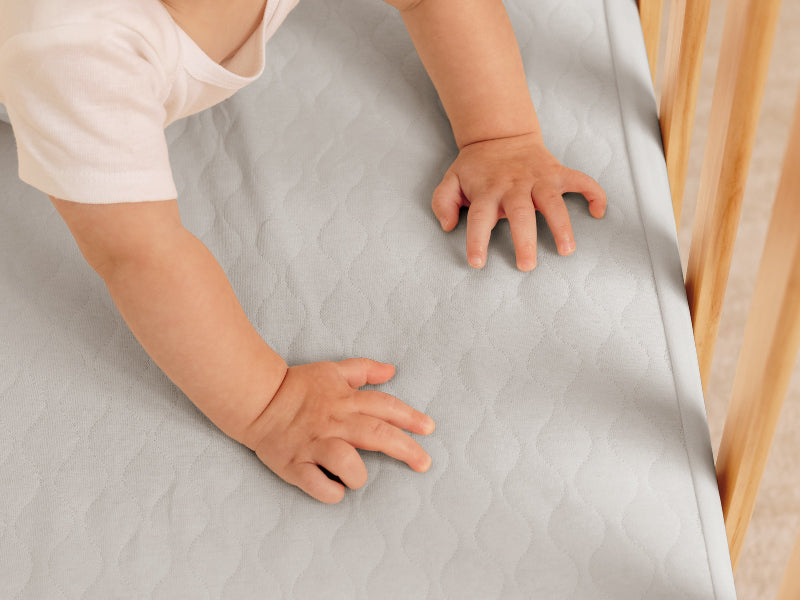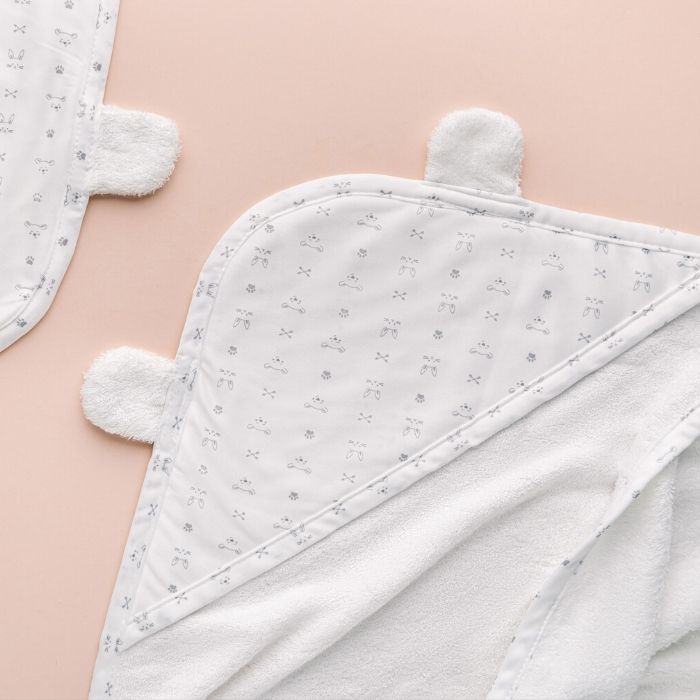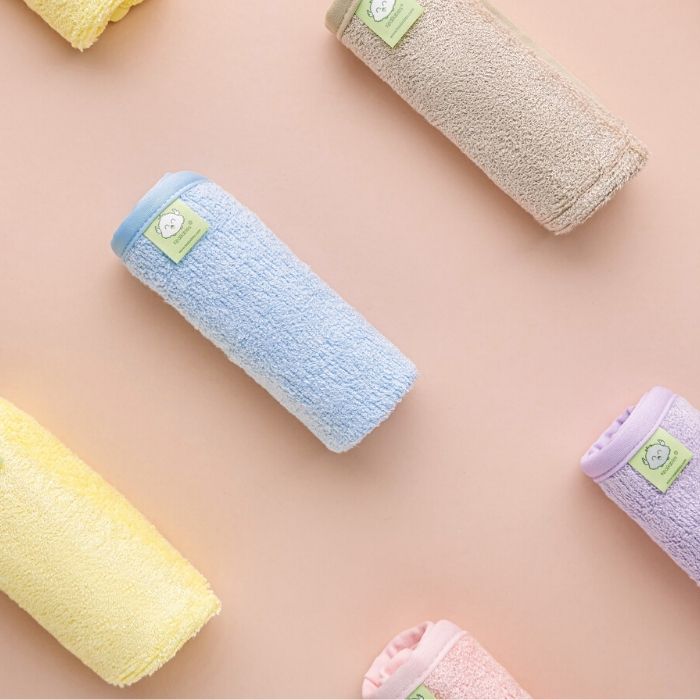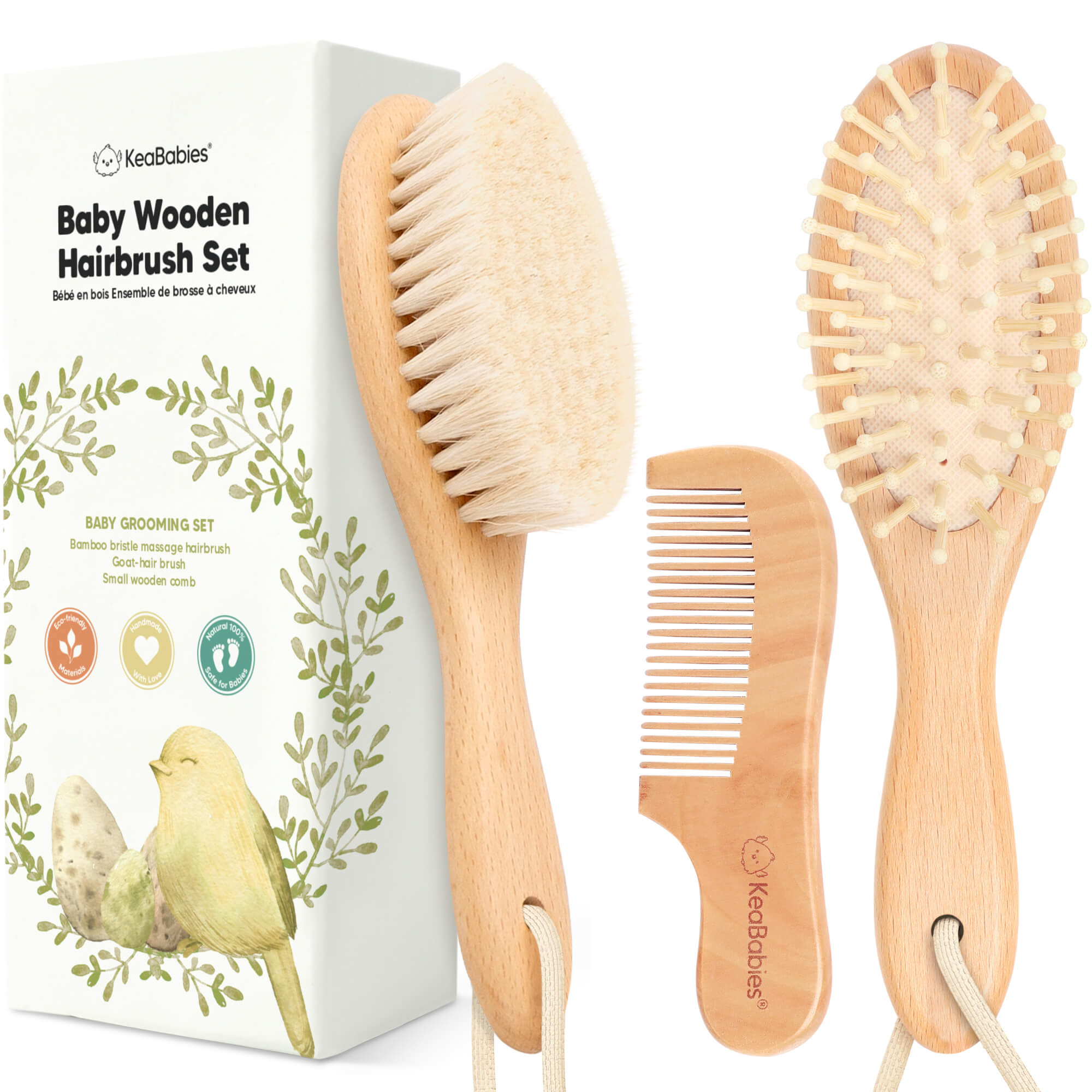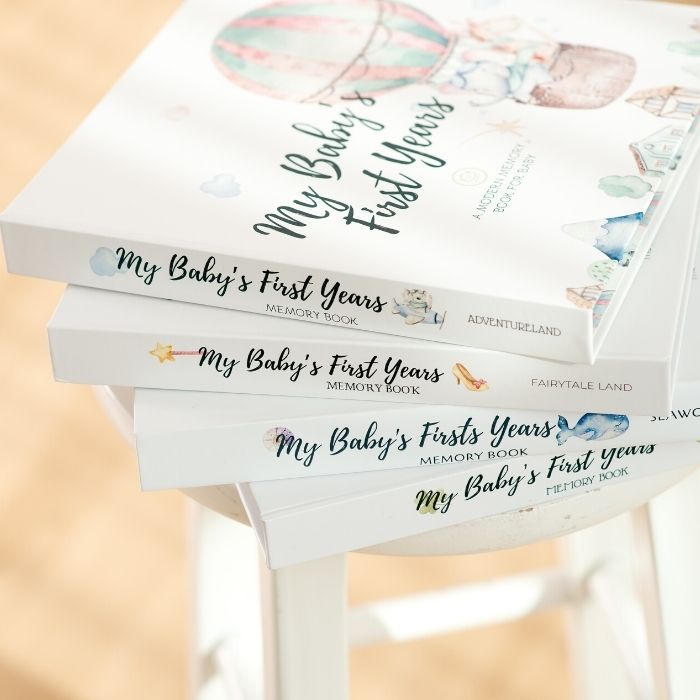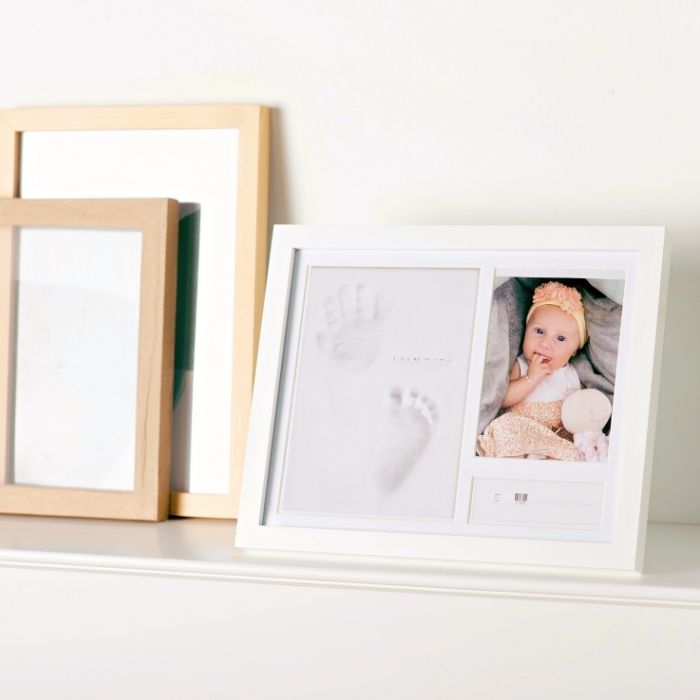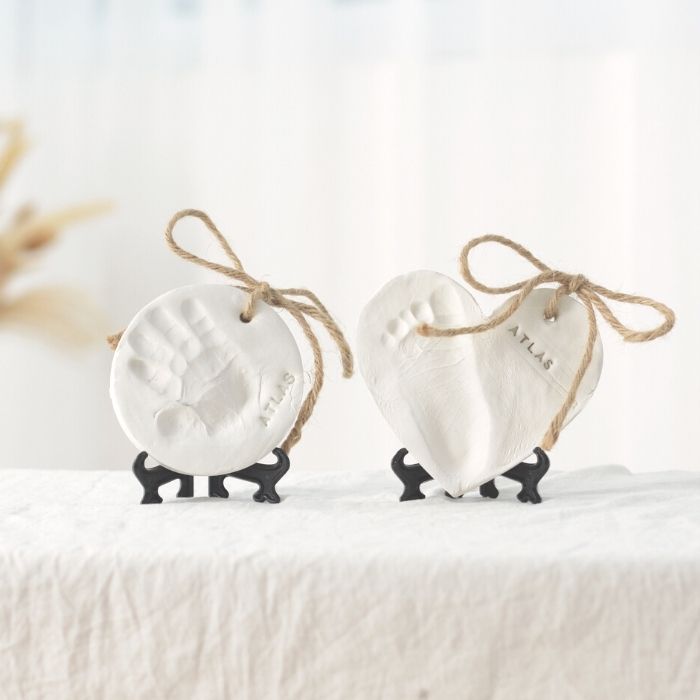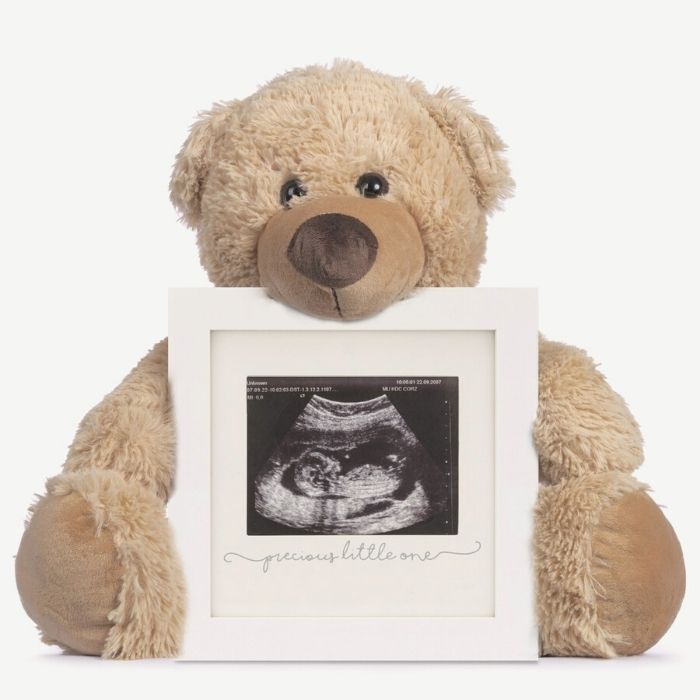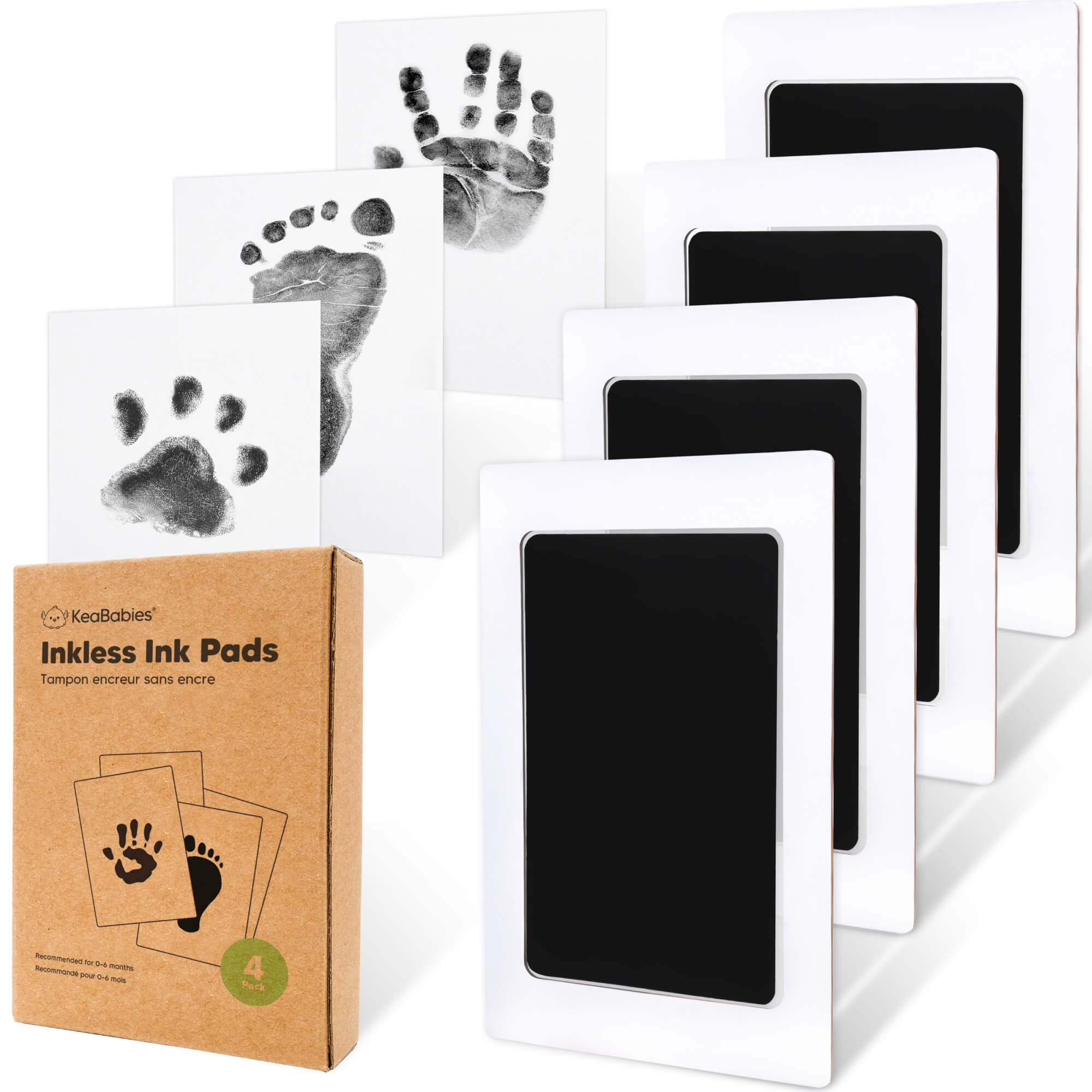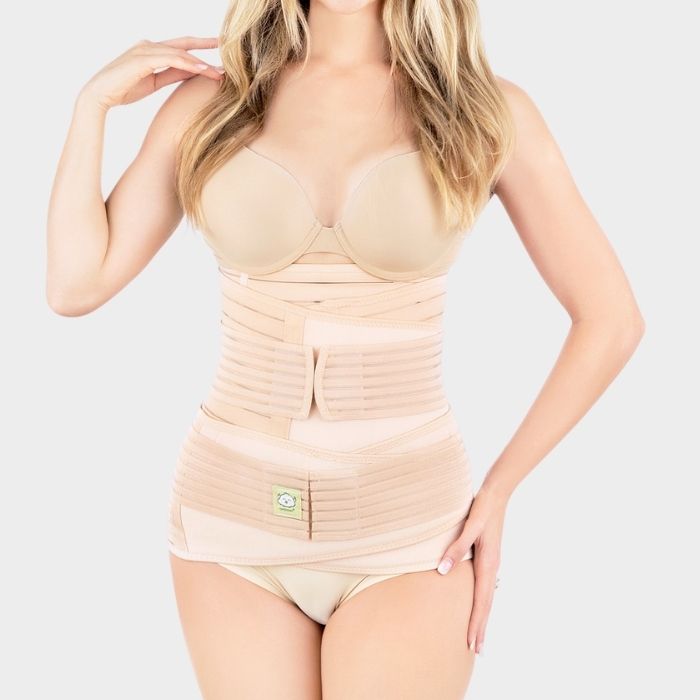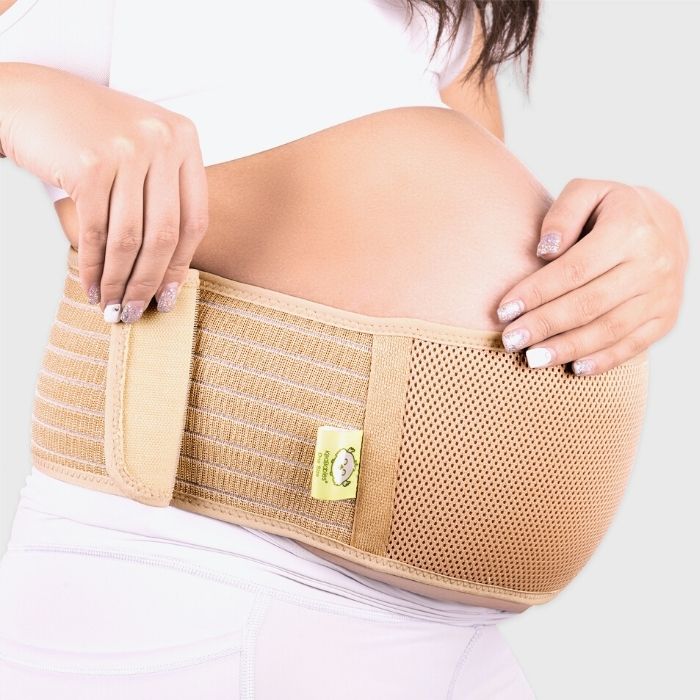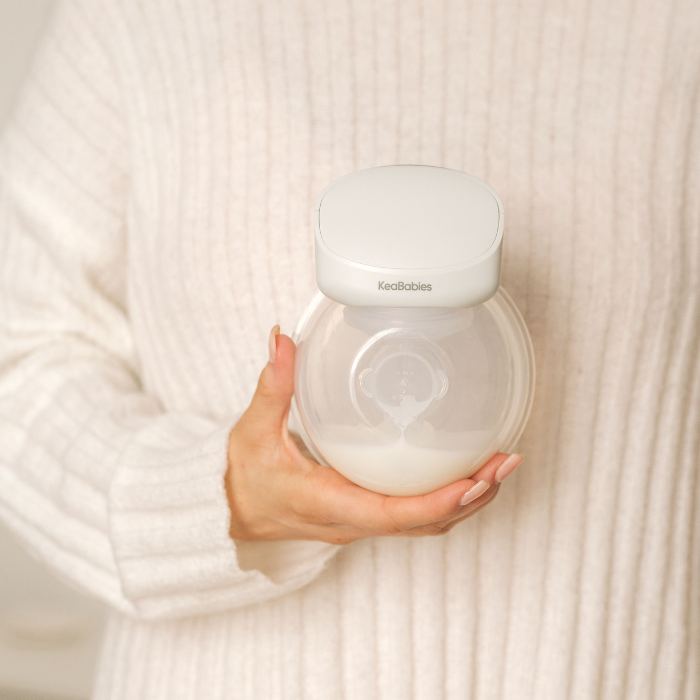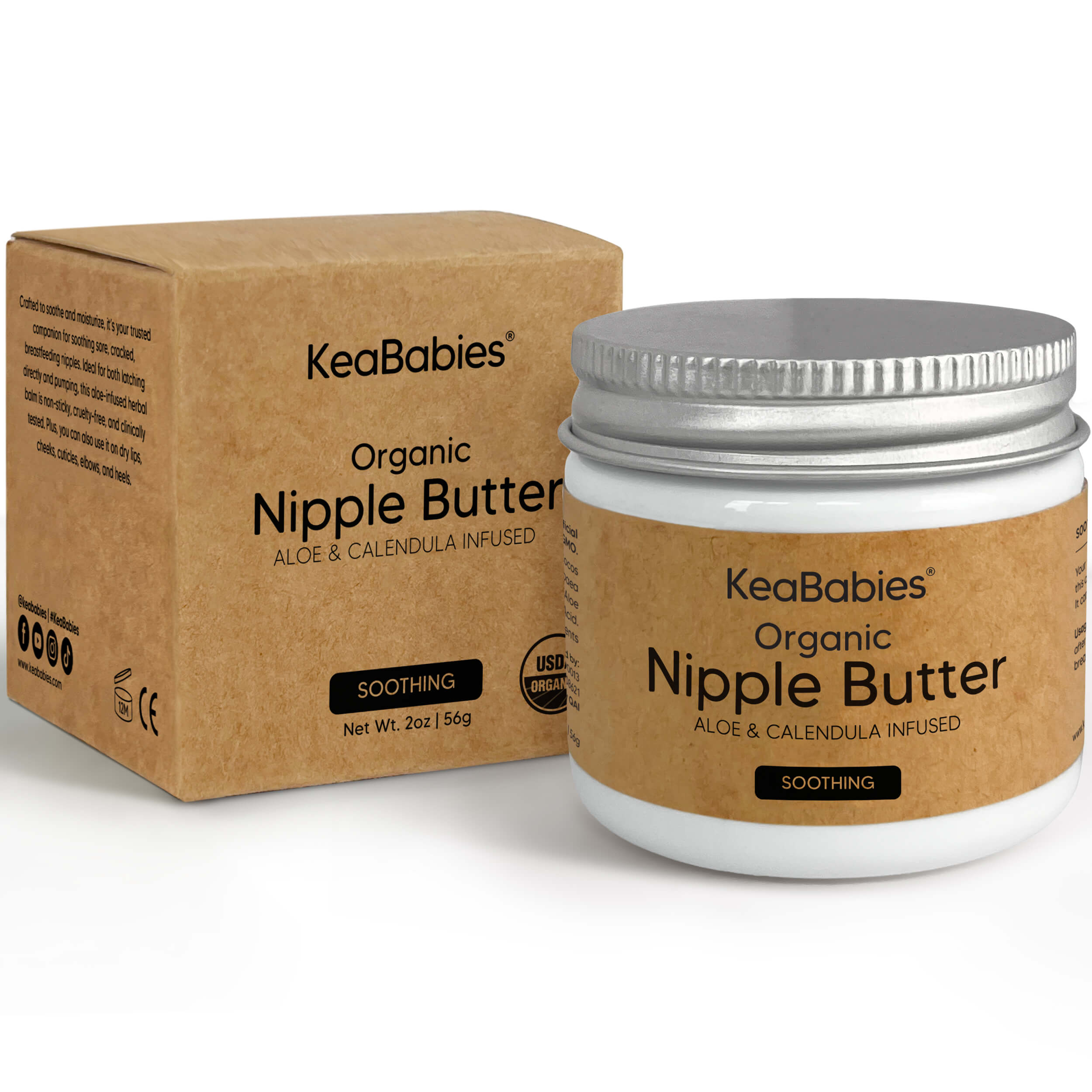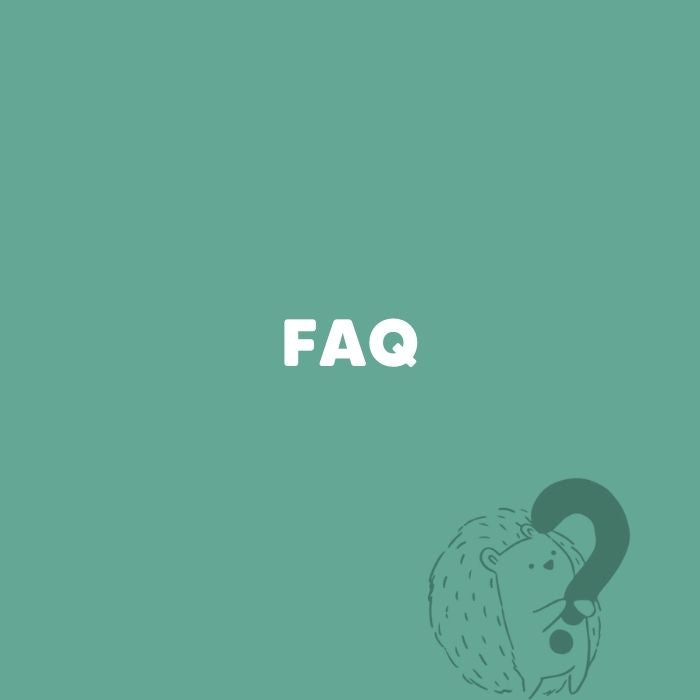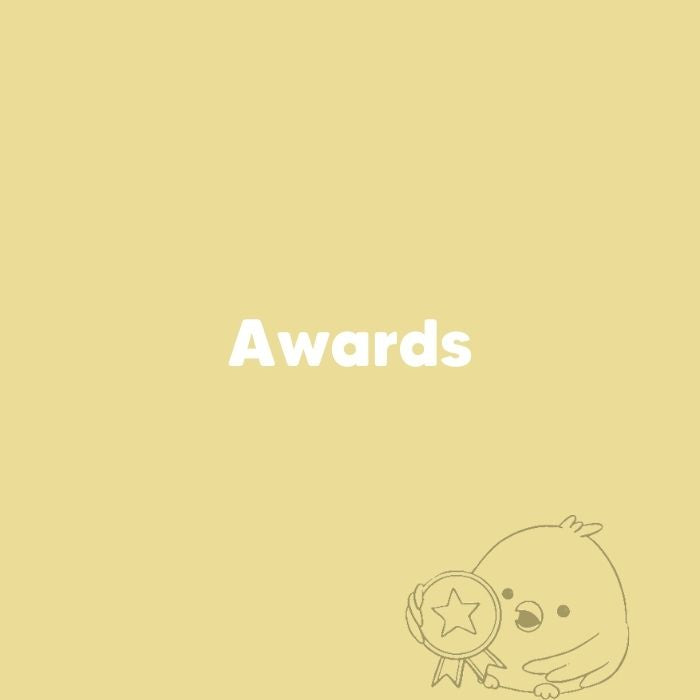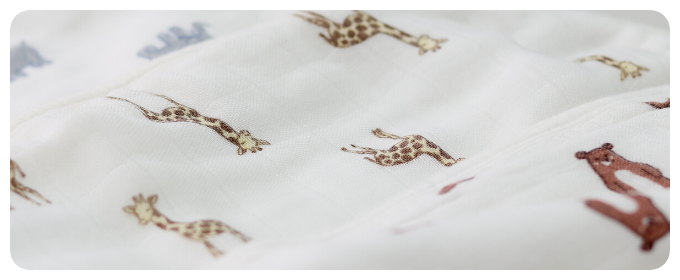
5 Signs Your Toddler Is Ready for a Pillow This November
November is a great time to reassess your little one's sleep space. How do you know when your little one can use toddler pillows? Check out this list for signs your toddler is ready for this big step!
Summary
Knowing when your toddler is ready for a pillow can help improve their comfort, sleep quality, and overall bedtime routine. Pillows are unsafe for infants, but many toddlers begin showing readiness between 18 and 24 months. Signs include showing interest in using a pillow, sleeping in uncomfortable positions, transitioning to a big kid bed, and demonstrating developmental readiness. Choosing the right toddler pillow is important, and parents should look for one that is breathable, hypoallergenic, and ergonomically designed. A gradual introduction, along with a consistent bedtime routine and a safe sleep environment, helps toddlers adjust smoothly. Regular pillow maintenance also keeps their sleep space clean and healthy. By noticing the signs and choosing a pillow made for young children, parents can support better rest and more peaceful nights.
Most parents know that pillows present a dangerous risk to infants, but just when can you introduce a pillow to your child? It's important to keep your child's sleep space not only comfortable, but safe. Once your child is ready, a pillow can greatly increase their sleep quality!
Introduction to Toddler Sleep
Is a good night’s sleep important for kids? Toddler sleep is crucial for their development and well-being, and a good night’s rest can make all the difference in their mood, growth, and behavior.
As toddlers grow, they need a sleep space that supports their comfort and safety, including the right toddler pillow that is designed to fit their body. Introducing a pillow can be a significant milestone in a toddler’s life, signaling their transition from a crib to a toddler bed or a kid bed.
A toddler pillow is specifically designed to provide the necessary cushion and comfort for a child’s head and neck, promoting healthy spine alignment and restful sleep.
Choosing the Right Pillow
The ideal toddler pillow should be made of breathable fabric, such as organic cotton, to prevent overheating and ensure a comfortable sleep environment for your little one. Parents should look for a pillow that is firm enough to provide the necessary support, but soft enough to cushion their child’s head and neck.
A pillow specifically designed for toddlers like the KeaBabies Toddler Pillow is usually smaller in size and thinner loft than a standard pillow, which is important for their comfort and safety. "Memory foam" type pillows can be a good option, but parents should be aware of the potential choking hazard and ensure the pillow is made from safe, chemical-free materials.
Types of Pillows
There are various types of pillows available for toddlers and kids, including down pillows, memory foam pillows, and pillows made from natural fibers. Each type of pillow has its own unique benefits and drawbacks, and parents should consider their child’s individual needs and preferences when choosing one to buy.
A down pillow, for example, can provide excellent comfort, but may not be suitable for young toddlers or children with allergies. They are soft and lightweight, which make them great for older kids, but they might not provide enough support for younger kids (or even present a suffocation risk). A down pillow can also trap allergens, so it might make kids with allergies uncomfortable.
You should also consider the filling and cover of the pillow, opting for hypoallergenic and breathable materials to ensure a healthy sleep environment.
Signs Your Toddler Needs a Pillow
1. Showing interest.
One of the most significant signs that a toddler needs a pillow is when they start showing interest in sleeping with a pillow, such as resting their head on their arm, stuffed animals, or blankets.
2. Laying in uncomfortable positions.
Uncomfortable sleeping positions, such as sleeping on their arm or with their head tilted to one side, can also indicate that your toddler needs a pillow. Safety should be the top priority for parents, but discomfort can also be a factor. If you have an older toddler, it might be time for them to start sleeping with a pillow.
3. Getting a "big" bed.
As toddlers transition from a crib to a bed designed for kids, they may require a pillow to support their head and neck, promoting healthy spine alignment and restful sleep. There isn't one set age where a child needs to move from the crib to a bed (unless, of course, it becomes dangerous by them climbing out on their own), but the change typically happens between 18 months and 3 years of age. Toddlers need a big enough sleep space to accommodate their growing bodies.
4. Signs of developmental readiness.
Parents should also look out for signs of developmental readiness, such as the ability to move bedding safely and demonstrate an understanding of pillow use. Loose blankets and pillows aren't safe for a baby, but an older toddler might be ready to understand how to use one - and it might be the key to helping your little one rest more soundly at night.
5. Be at least 18-24 months old.
The American Academy of Pediatrics urges parents not to give their child a pillow before they turn 2 years old, because it increases the risk of SIDs and suffocation. Even if you think your baby is ready for a pillow, it is best to wait until they are older.
Introducing a Pillow
Introducing a pillow to a toddler should be done gradually, starting with small amounts of time and gradually increasing as they become more comfortable with the pillow. You should choose a pillow that is specifically designed for toddlers and made from safe, breathable materials.
It’s important to introduce a pillow at the right time, when the child is developmentally ready and showing signs of needing a pillow, to ensure a smooth transition and prevent unnecessary strain on their neck and spine.
Some helpful tips for introducing a pillow include starting with a small, thin pillow (which most toddler pillows are) and gradually increasing the size and loft as the child becomes more comfortable.
The Big Kid Bed Transition
The transition to a "regular" bed is a significant milestone in a toddler’s life, and introducing a pillow can be an essential part of this process. Signs your toddler might be ready for a regular bed is if they can climb out of the crib, if they are much taller than the crib railing, or if they are asking to use a real bed and not a crib. At the same time a child is ready to move into a bigger bed, they might also be ready for a pillow. A toddler bed or big kid bed requires a pillow that is specifically designed for toddlers, with a smaller size and thinner loft than standard pillows.
Always consider your child’s individual needs and preferences when choosing a pillow for their big kid bed, opting for one that provides the necessary support and comfort for a restful night’s sleep. A breathable and comfortable sleep environment, including a pillow made from organic cotton or other natural fibers, can help promote healthy sleep habits and support the child’s overall growth and development.
Sleep Environment Considerations
The sleep space plays a critical role in a toddler’s ability to sleep safely and comfortably, and parents should consider several factors when creating a sleep-friendly environment. A dark, quiet room with a comfortable temperature and a firm surface for rest can help promote healthy habits and support the child’s overall well-being.
Parents should also consider the bedding and pillow they choose, opting for breathable and comfortable materials that promote a restful night’s sleep. The perfect pillow is one that provides enough support to cradle your child's neck and head, but breathable and soft enough for comfort. The KeaBabies Toddler Pillow is a great option because of ergonomic design, breathable organic fiber filling, and tailored neck support.
A crib mattress or toddler bed mattress should be firm and comfortable, with a breathable cover to prevent overheating and ensure a healthy sleep environment.
The Importance of Routine at Bedtime
No matter their age, a consistent bedtime routine is essential for promoting healthy habits and ensuring your little one's overall well-being. A bedtime routine can include bonding activities like reading, singing, and cuddling, and it should be consistent and predictable to help your little one feel secure and comfortable.
Parents should also consider the sleep setting, including the pillow and bedding, and ensure that it is comfortable and conducive to a restful night. Are you feeling stuck? A few tips for establishing a bedtime routine include starting early, being consistent, and making the routine enjoyable and engaging for the child.
Pillow Maintenance 101
How you take care of your little one's new pillow is important as well. Pillow maintenance is essential for ensuring healthy evenings and promoting restful sleep in toddlers. Be sure to wash the pillow regularly, using a mild detergent and cold water, and dry it on a low heat setting. The KeaBabies Toddler Pillow is machine washable and dry-friendly, making it simple to clean.
A breathable and comfortable pillow made from organic, natural fibers can help promote a healthy sleep setting. Regularly checking your toddler pillow for signs of wear and tear, and replacing it (or the pillowcase) as needed, can help ensure a restful night’s sleep and support your little one's wellness.
Finding the perfect pillow is simple.
If you have an older toddler, it might be time to start thinking about how and when you will introduce a pillow. Follow these tips if you're wondering how long to wait before introducing a pillow to your child. Always find one that eases discomfort, is safe and clean, and is designed with young children in mind. Toddler pillows might just be the key to helping your little one have a great night's sleep!
|
|
Meet Our KeaMommy Contributor: Kaitlyn Torrez I’m Kaitlyn Torrez, from the San Francisco Bay Area. I live with my husband and two children, Roman and Logan. I’m a former preschool teacher, currently enjoying being a stay at home mom. I love all things writing, coffee, and chocolate. In my free time, I enjoy reading, blogging, and working out. |

